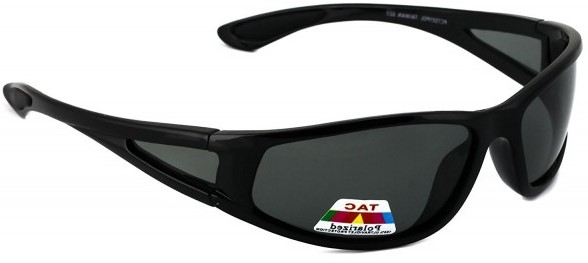| The eyes are very sensitive organs; however, vision is the most dominant sense; making about 80% of our impressions of the surrounding environment. Therefore, while working, it is important to protect the eyes from damage; while maintaining optimal vision to allow us to carry out tasks correctly. A multitude of hazards are common threats to the eyes including (but not limited too) threats from: light, particles and the weather. Hence, it is important that, after all other reasonable steps have been taken to mitigate these hazards, the correct eye protection is selected for the conditions and the task at hand.
Recommendations:
You should plan ahead and select the correct eye protection for the conditions and the task that will be completed. If you are operating equipment or completing a specific task, an accompanying risk assessment will highlight what type of eye protection may or may not be required.
| Safety Glasses: provide general protection from impacts, chemical splashes and biological hazards. They can be worn over standard eyewear and often have side protection. |
Safety Goggles: provide more protection than safety glasses due to being sealed around the surrounding area of the eyes. Due to this, they provide additional protection against dusty and windy environments. It is essential that the tension on the strap is maintained to ensure a tight seal around the eyes |
 |
 |
| Sunglasses: the focus is to provide protection against the sun and UV rays. Although not designed to be robust against impact, they are useful for operatives who are operate protected machinery, such as excavators, which require clear vision in bright environments. |
Helmets and Visors: some tasks require specific equipment to help protect against explicit risks. For example, a welding mask (pictured) is used to protect the eyes, face and neck from flash burn, ultraviolet light, sparks, infrared light and heat.
|
 |
 |
| Face Shield: provide protection to the whole of the face during tasks where there is a large risk of splashing or projectiles. |
Signage: Keep vigilant for symbols such as the one pictured, which denote that eye protection must be worn in a given area or for a given task. |
 |
 |
It is important that eye protection equipment is regularly checked and maintained to ensure it can fulfil its tasks. Pre-use visual checks should look for: scratches and cracks on the lens, which may restrict vision and compromise safety; damaged frames to ensure eye protection fits correctly; damage to seals around eyes and lack of tension in goggles strap. Many task-specific helmets and visors may also require regular maintenance checks which should have accompanying documentation. An issue that may arise with eye protection is that they may fog up reducing vision. To combat this, you can purchase eye protection that is designed to be anti-fog, alternatively, anti-fog spray can be purchased and applied.
|
Check lenses and frames for damage.
|
Ensure protection does fit correctly and does not fog
|
 |
 |
Action to be Taken:
- Check risk assessments before work to ensure you have appropriate eye protection. With the right combination of impact/dust/ splash/molten metal eye protection for the given task.
- Ensure you always have spare eye protection in the event of damage or changes in conditions.
Safe Behaviour Reminder:
- Always keep eye protection in a good, clean condition ensuring seals are not damaged, lenses are not scratched or cracked and fit the user correctly.
- Do not add unofficial modifications to eye protection.
- For more information on PPE see The Personal Protective Equipment Regulations 2002 and the Personal Protective Equipment at Work Regulations 1992 (as amended).
PPE is the last line of defence. When selecting PPE always ensure that first all other controls have been applied.
(All information correct as of 1st December 2018)
|








